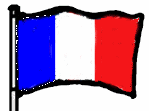 (des sources variées, pas inclus dans Coste) :
(des sources variées, pas inclus dans Coste) :
Identification provisoire par Jeanette Fryer. On attend confirmation du herbier. [Signalé en abondance à Florac 2018 par Maryse Romieu, confirmé par Christian Bernard, en présence de l'auteur]
INPN considère synonyme pour Cotoneaser creticus
Arbrisseau de 0,5-2 (4) m, à tiges pouvant atteindre 5-6 cm de diamètre à la base. Pousses fertiles (brachyblastes) axillaires, à 1-2 (3) feuilles à limbe long de 10 mm
Écologie : Naturalisé locallement : première signalement en France en 2018; Échappée présumée, mais beaucoup des plantes bien établies sur 15+ hectares. Trouvé en bois profond et lisière, dans les anciennes vignes, abandonnées avant 1960, peut-être echappée d'un ancien rucher. Schiste, calcaire et un mélange.
Répartition hors de France : Indigène de Crete. Très rare en cultivation.
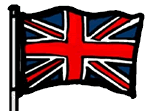 (various sources, as not in Butcher)
(various sources, as not in Butcher)
NOTE: the French text is more complete and up-to-date
Provisional identification by Jeanette Fryer. Awaiting confirmation from herbarium material.
INPN considers synonym of Cotoneaser numularius
Shrub, 0.5-2 (4) m, stems up to 5-6 cm de diameter at the base. Young shoots (brachyblasts) axillary, with 1-2 (3) leaves with a blade 10 mm long. Free-fruiting.
Ecology UK: (not known in the UK) France: Rarely cultivated, unknown in the wild in France apart from one extensive site (15+ hectares) found recently in Lozère (signaled in 2018 by Maryse Romieu, confirmed by Christian Bernard in the prescence of the author). Found in deep and semi-open woodland (schist and limestone in terraced vinyards abandonned before 1960; possibily escaped after planting for honey production.)
Distribution outside France: Indiginous only to Crete. Very rare in cultivation.
Fleurs : Inflorescences corymbiformes, à (1) 2-5 (7) fleurs. Fleurs à corolle blanche, de 7-9 mm de diamètre, à 5 pétales orbiculaires, étalés, portant chacun une touffe de poils à la base de la face supérieure du limbe. Etamines : 20 . Stigmates : 2
Floraison France : Fl. mai -juin, fr. septembre-octobre.
Description de Christian Bernard
Flowers: Inflorescence corymbiforme, with (1) 2-5 (7) flowers. Flowers with white corolla, 7-9 mm diam., with 5 orbicular outspread petals, each with a tuft of hairs at the base of the upper surface of the petal. Stamens: 20. Stigmas: 2.
Flowering UK: May-June
Description translated from Christian Bernard
![Cotonéaster, [de Crete ] Cotoneaster, [of Crete]](../thumbs/aanoflower.jpg)
 Cotoneaster, [of Crete]
Cotoneaster, [of Crete]
 Cotonéaster, [de Crete ]
Cotonéaster, [de Crete ]
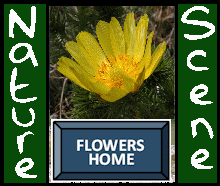


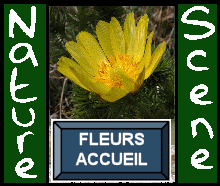
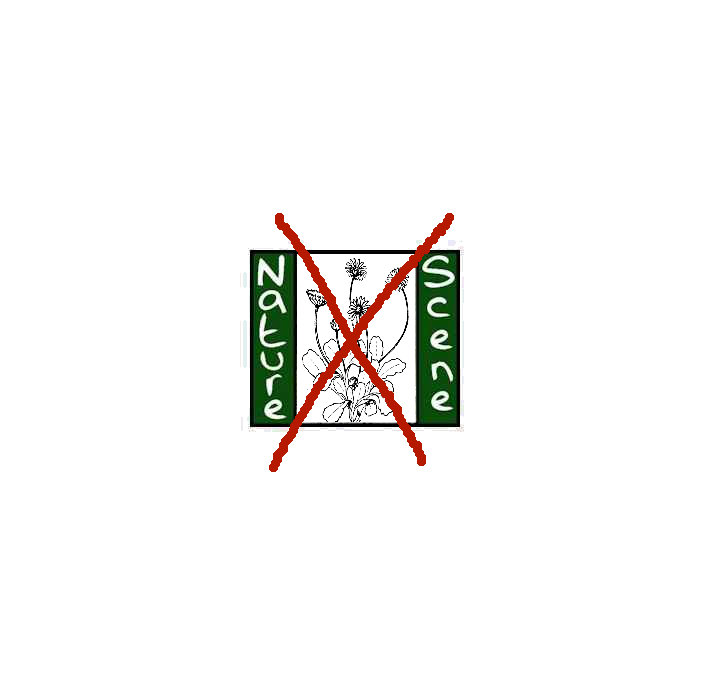
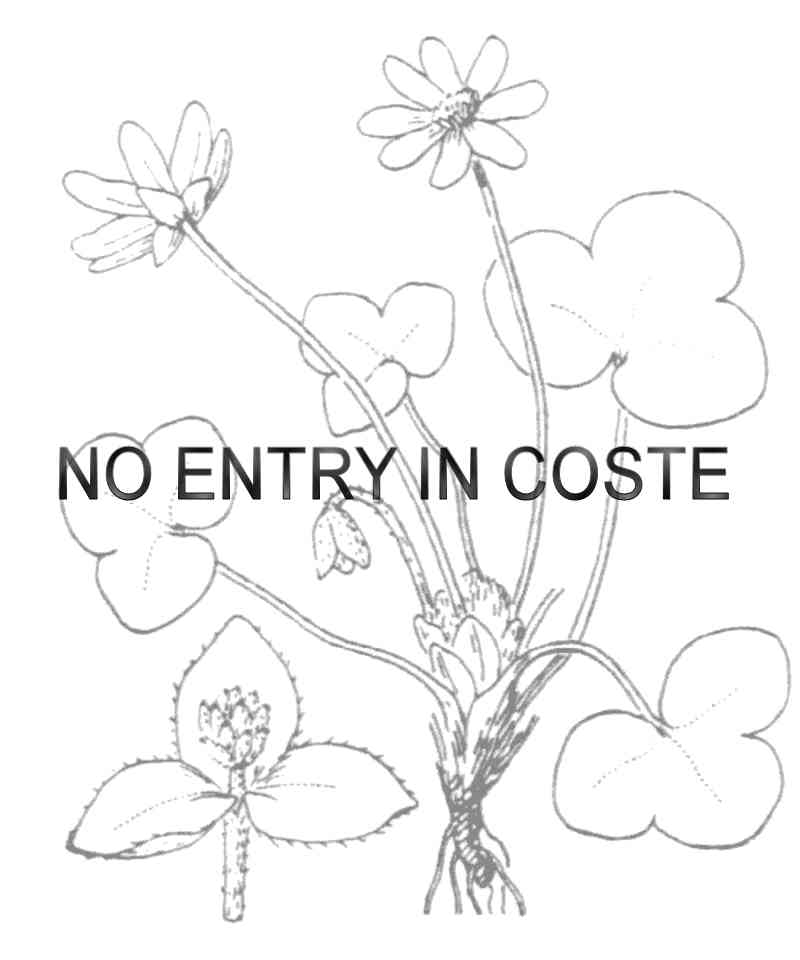
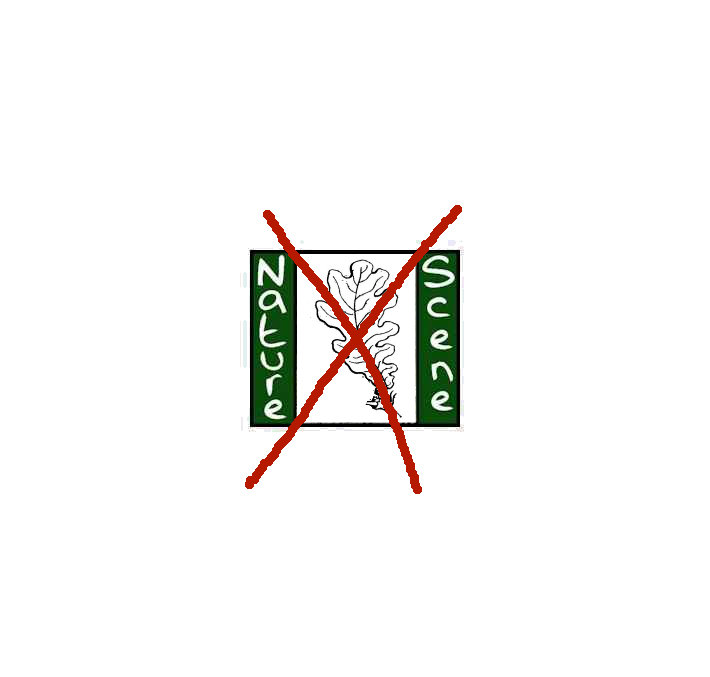
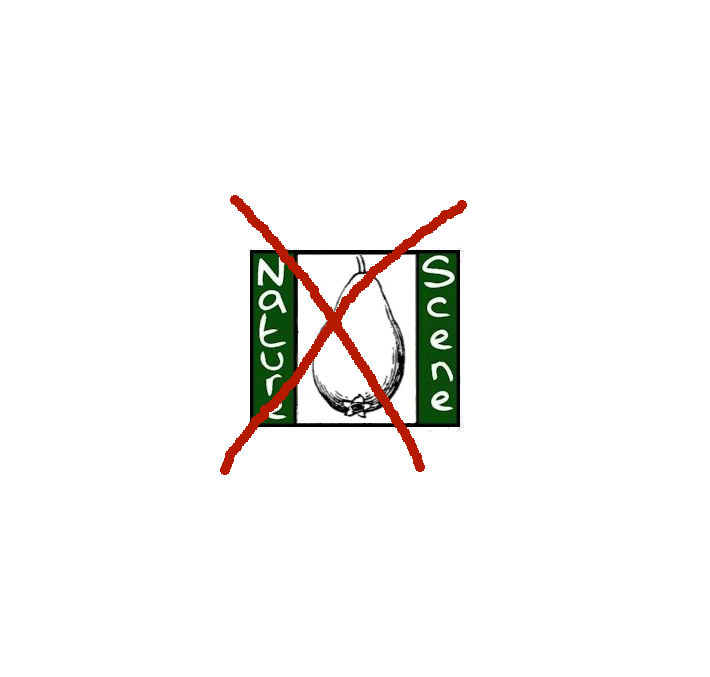
 Please
consider
Please
consider 











